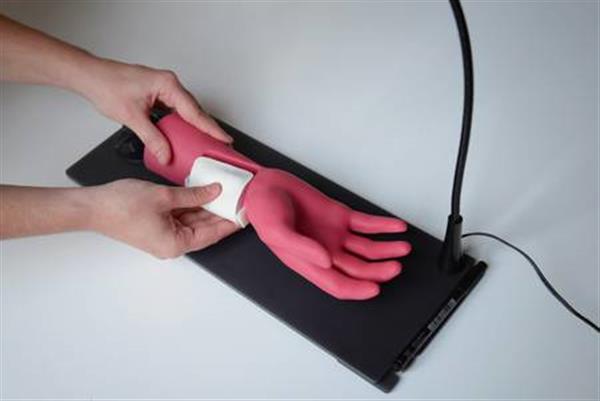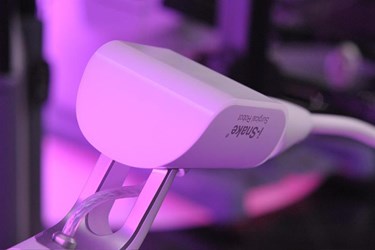Archive for July 2016
Trekkies Will Love These 10 Medical Devices
With Star Trek Beyond opening in theaters, we take a look at how medical devices from the science fiction fantasy series are becoming a reality. Read on to discover 10 medical devices that are sure to inspire some deja vu from diehard Trekkies (or Trekkers, if that’s what you prefer to call yourselves). The Closest…
Read MoreFrench Startup Biomodex Helping Train Doctors with 3D Printed Organs
3D printing technologies have proved themselves to be beneficial within the medical sector in a number of ways, including the timely manufacturing of custom-designed implants and prosthetics, as well as the creation of bespoke anatomical parts for surgical planning and training. This latter application has the potential to not only help doctors become familiar with…
Read MoreFDA Panel 8-2 Vote Backs Continuous Glucose Monitoring to Replace Fingersticks
An FDA advisory panel voted 8-2 that the benefits of using a continuous glucose monitoring (CGM) device as a replacement for fingerstick blood glucose testing for diabetic patients outweigh the risks. They also voted 8-2 that there was a “reasonable assurance” that the expanded indication for the device — a fifth generation CGM from Dexcom…
Read MoreCartilage grown from stem cells could replace hip implants
Researchers from the Washington University School of Medicine in St. Louis and Cytex Therapeutics have found a way to program stem cells to grow new cartilage on a 3-D template of the ball of a hip joint. This cartilage releases anti-inflammatory molecules that help fend off new occurrences of arthritis. This new technology could…
Read MoreMIPT Scientists Develop Ceramic-Based Laser
Scientists from MIPT and their colleagues have developed a compact and powerful ceramic-based laser with applications in minimally traumatic and inexpensive laser surgical scalpels, and also for cutting and engraving composite materials. The results of the study have been published in Optics Letters. Today, lasers are in consumer electronics devices, medicine, metallurgy, metrology, meteorology, and…
Read MoreNo, I Can’t Sit Down: What It’s Like Having an Open Wound that Will Never Heal
There I was, taking my final bow after 10 years of medical hurdles. I had done it. I actually wrote a one-woman musical about how I literally lost my stomach (when it ruptured in the operating room) and gained a story, appropriately titled, “Gutless and Grateful.” It was a big deal to finally compile all of…
Read MoreStanford University Neurosurgery Embraces Surgical Theater’s Virtual Reality Platform
Surgical Theater’s Virtual Reality (VR) medical visualization platform lands at Stanford University, Department of Neurosurgery, in the heart of Silicon Valley where medical innovation converges with technology to usher in the next-generation of patient engagement and health care. Stanford University leads the way in advancing medicine on multiple fronts from research to treatment. With Surgical…
Read MoreBeware! Antibiotic-Resistant Infections – 5 Combative Trends In Antimicrobial Medical Device Design
In the U.S., an average of two million people become ill with antibiotic-resistant infections each year, many of which have high mortality rates. On top of that startling statistic, the Affordable Care Act (ACA) has provisions that financially penalize facilities with high infection rates, and increasingly informed, connected healthcare consumers are using tools like Medicare’s Hospital…
Read MoreSurgical Robots of the Future Likely to be More Targeted & Provide Tangible Healthcare Benefits
While robots have been in use since the 1960s, it is only 25 years since robotic technologies were first used to assist surgeons in improving surgical outcomes, providing such benefits as less trauma on the body, minimal scarring, and faster patient recovery times. Among the first robots to be deployed were ROBODOC and Acrobot, developed…
Read MoreStudy: More than 90 percent of strokes are preventable
Strokes are one of the leading causes of death globally, but it turns out a vast majority of them could be prevented, according to findings published July 15 in the British journal The Lancet . According to the study authors, almost 91 percent of all strokes can be prevented through 10 healthy lifestyle changes and healthcare…
Read More









